Biological Degradation And Chemical Oxidation Characteristics Of Coke-Oven Wastewater
Biological Degradation And Chemical Oxidation Characteristics Of Coke-Oven Wastewater
Author: Byung-Ran Lim, Hong-Ying Hu And Koichi Fujie
Industrial wastewaters, containing various refractory organic pollutants, are often discharged into the water environment without appropriate treatments. In order to remove refractory organic pollutants effectively from industrial wastewaters, the optimal treatment process with high quality effluent and low operating cost must be selected and moreover appropriate operation of the wastewater treatment process is required.
Only logged in customers who have purchased this product may leave a review.
Related books
Fouling and Cleaning Characteristics of Reverse Osmosis (RO) Membranes
Fouling and Cleaning Characteristics of Reverse Osmosis (RO) Membranes
Renewable Energy-Driven Desalination: New Trends And Future Prospects Of Small Capacity Systems
Renewable Energy-Driven Desalination: New Trends And Future Prospects Of Small Capacity Systems
Emerging desalination technologies for water treatment: A critical review
Emerging desalination technologies for water treatment: A critical review
Desalination Technology in South Korea: A Comprehensive Review of Technology Trends and Future Outlook
Desalination Technology in South Korea: A Comprehensive Review of Technology Trends and Future Outlook
Adsorption of Heavy Metal Ions from Aqueous Solutions onto Rice Husk Ash Low Cost Adsorbent
Adsorption of Heavy Metal Ions from Aqueous Solutions onto Rice Husk Ash Low Cost Adsorbent
Governance of Artificial Intelligence in Water and Wastewater Management: The Case Study of Japan
Governance of Artificial Intelligence in Water and Wastewater Management: The Case Study of Japan
A Pilot Study of an Electromagnetic Field for Control of Reverse Osmosis Membrane Fouling and Scaling During Brackish Groundwater Desalination
A Pilot Study of an Electromagnetic Field for Control of Reverse Osmosis Membrane Fouling and Scaling During Brackish Groundwater Desalination
Desalination: From Ancient To Present And Future
Desalination: From Ancient To Present And Future
Applications of Nanotechnology in Wastewater Treatment
Applications of Nanotechnology in Wastewater Treatment
Calibration And Verification Of The Hydraulic Model For Blue Nile River from Roseries Dam To Khartoum City
Calibration And Verification Of The Hydraulic Model For Blue Nile River from Roseries Dam To Khartoum City
Sludge Biotic Index
Abstract
This study aimed to determine the relationship between activated sludge microfauna, the sludge biotic index (SBI) and the effluent quality of a full-scale municipal wastewater treatment plant (WWTP) working with shock organic and ammonium loadings caused by periodic wastewater delivery from septic tanks. Irrespective of high/low effluent quality in terms of COD, BOD5, ammonium and suspended solids, high SBI values (8–10), which correspond to the first quality class of sludge, were observed. High SBI values were connected with abundant taxonomic composition and the domination of crawling ciliates with shelled amoebae and attached ciliates. High SBI values, even at a low effluent quality, limit the usefulness of the index for monitoring the status of an activated sludge system and the effluent quality in municipal WWTP-treated wastewater from septic tanks. It was shown that a more sensitive indicator of effluent quality was a change in the abundance of attached ciliates with a narrow peristome (Vorticella infusionum and Opercularia coarctata), small flagellates and crawling ciliates (Acineria uncinata) feeding on flagellates.
Sludge Biotic Index
Abstract
This study aimed to determine the relationship between activated sludge microfauna, the sludge biotic index (SBI) and the effluent quality of a full-scale municipal wastewater treatment plant (WWTP) working with shock organic and ammonium loadings caused by periodic wastewater delivery from septic tanks. Irrespective of high/low effluent quality in terms of COD, BOD5, ammonium and suspended solids, high SBI values (8–10), which correspond to the first quality class of sludge, were observed. High SBI values were connected with abundant taxonomic composition and the domination of crawling ciliates with shelled amoebae and attached ciliates. High SBI values, even at a low effluent quality, limit the usefulness of the index for monitoring the status of an activated sludge system and the effluent quality in municipal WWTP-treated wastewater from septic tanks. It was shown that a more sensitive indicator of effluent quality was a change in the abundance of attached ciliates with a narrow peristome (Vorticella infusionum and Opercularia coarctata), small flagellates and crawling ciliates (Acineria uncinata) feeding on flagellates.

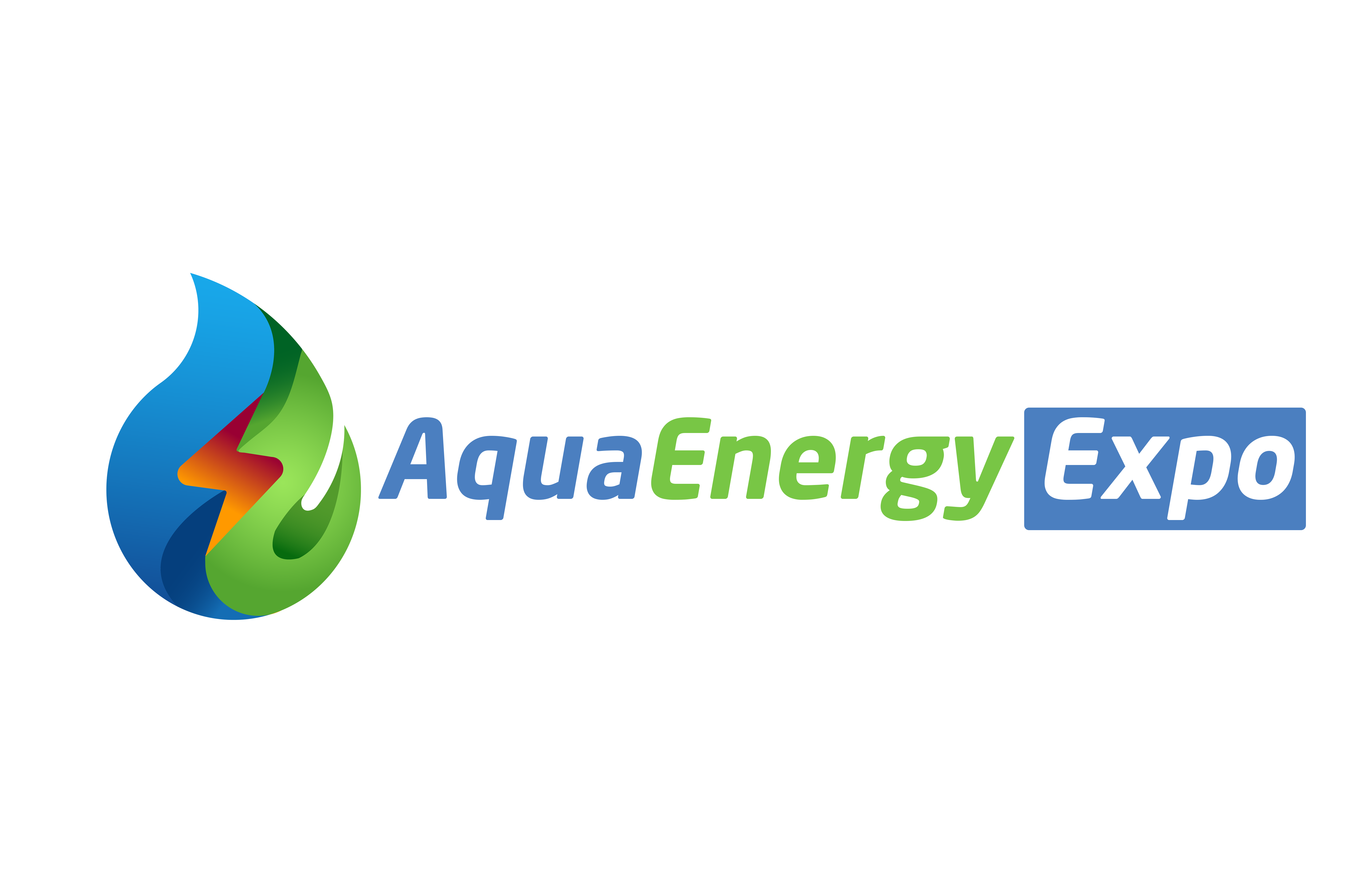

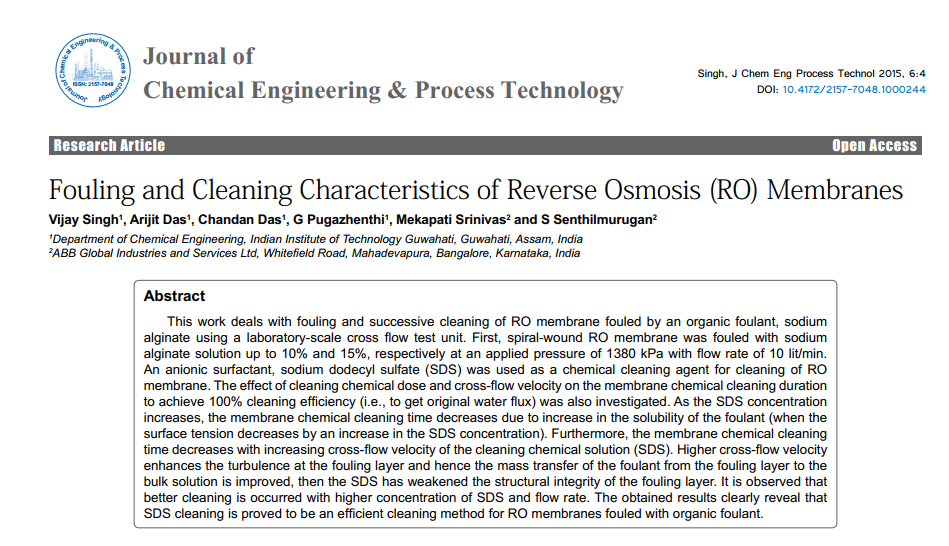
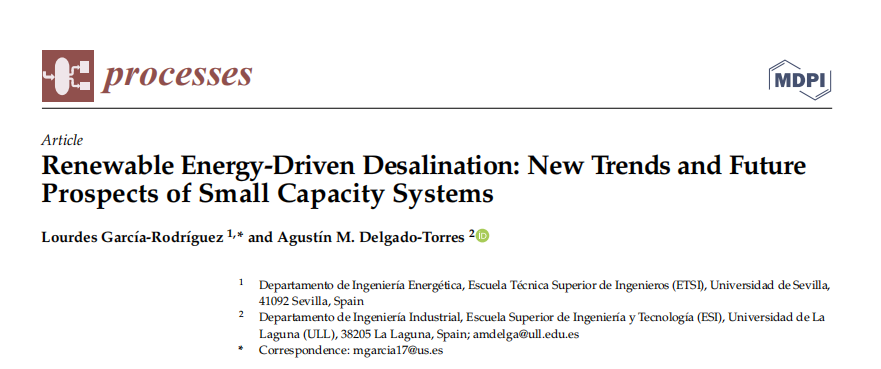
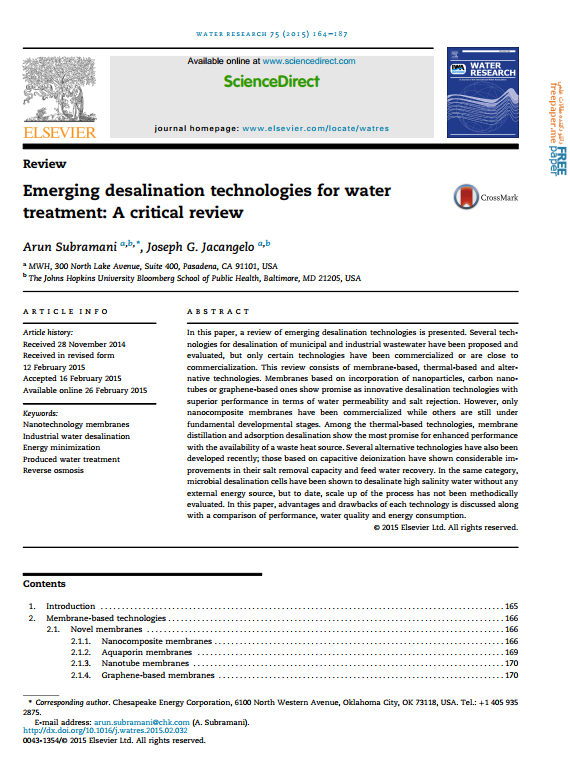
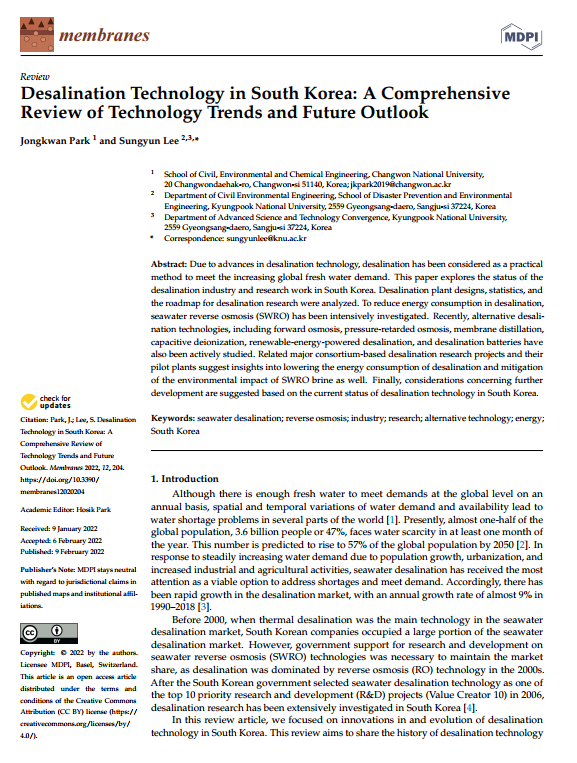

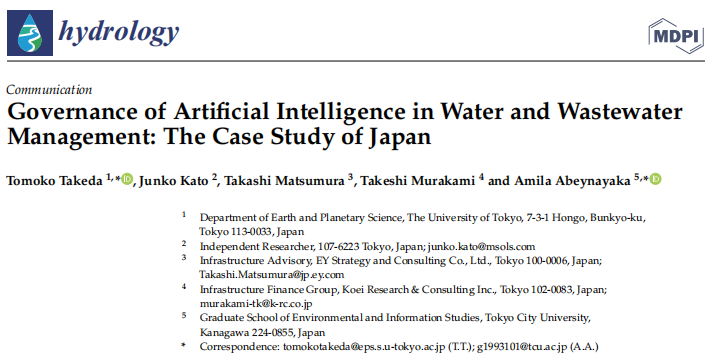
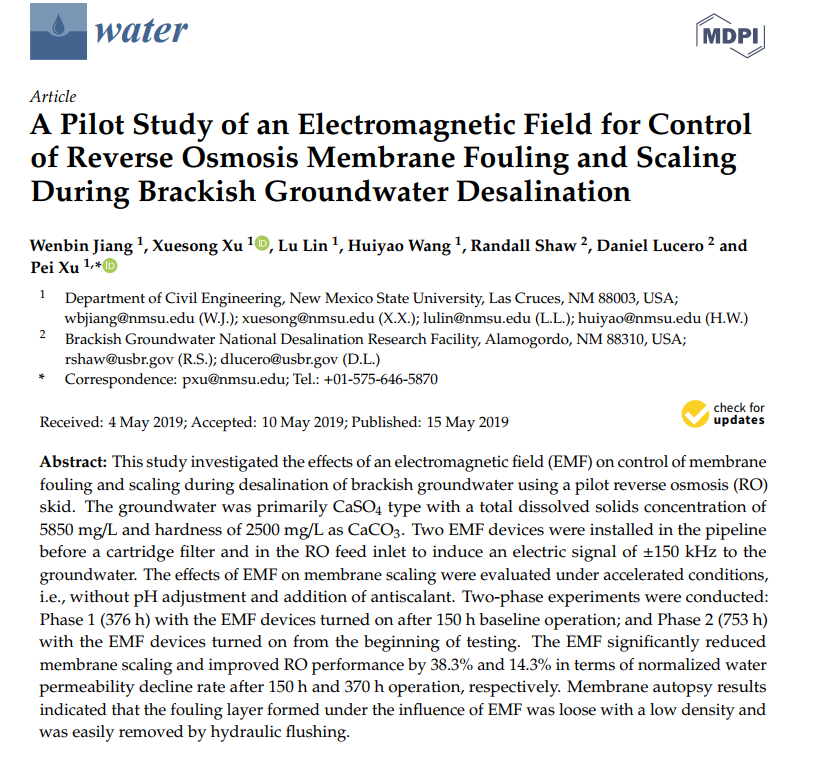

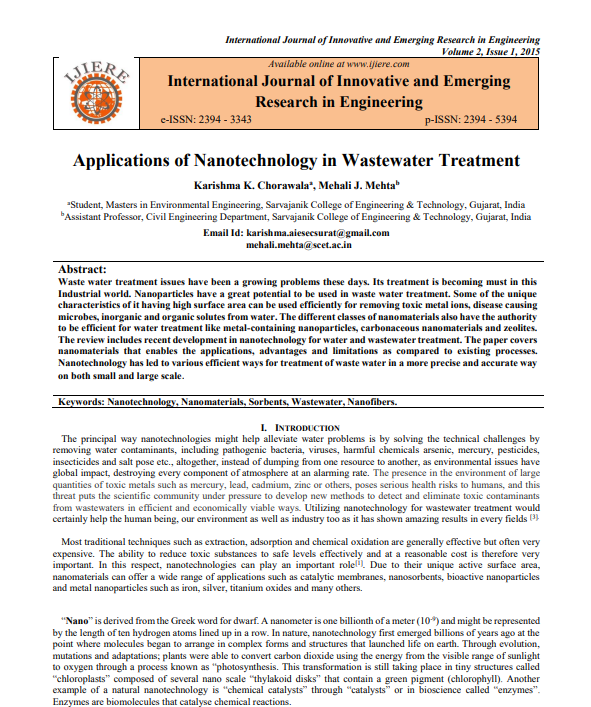
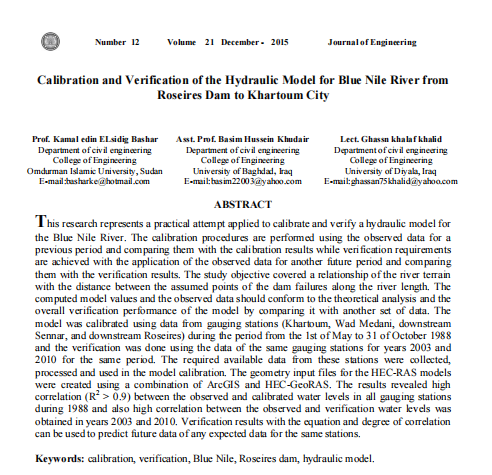
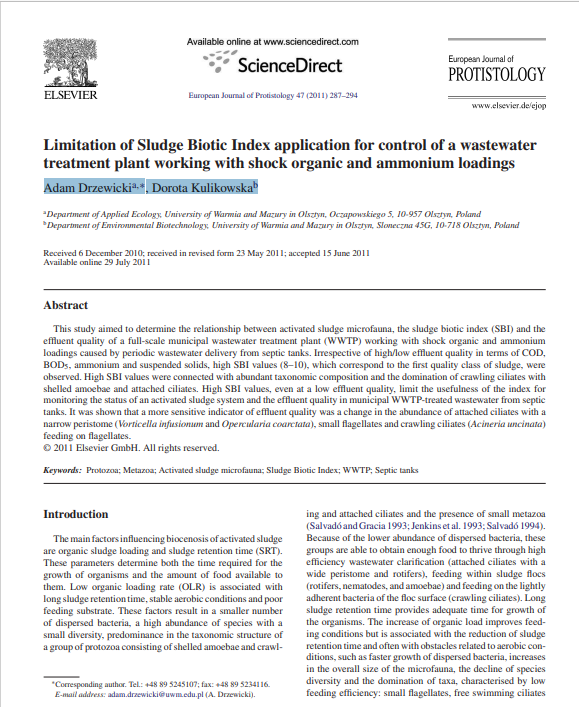

Reviews
There are no reviews yet.